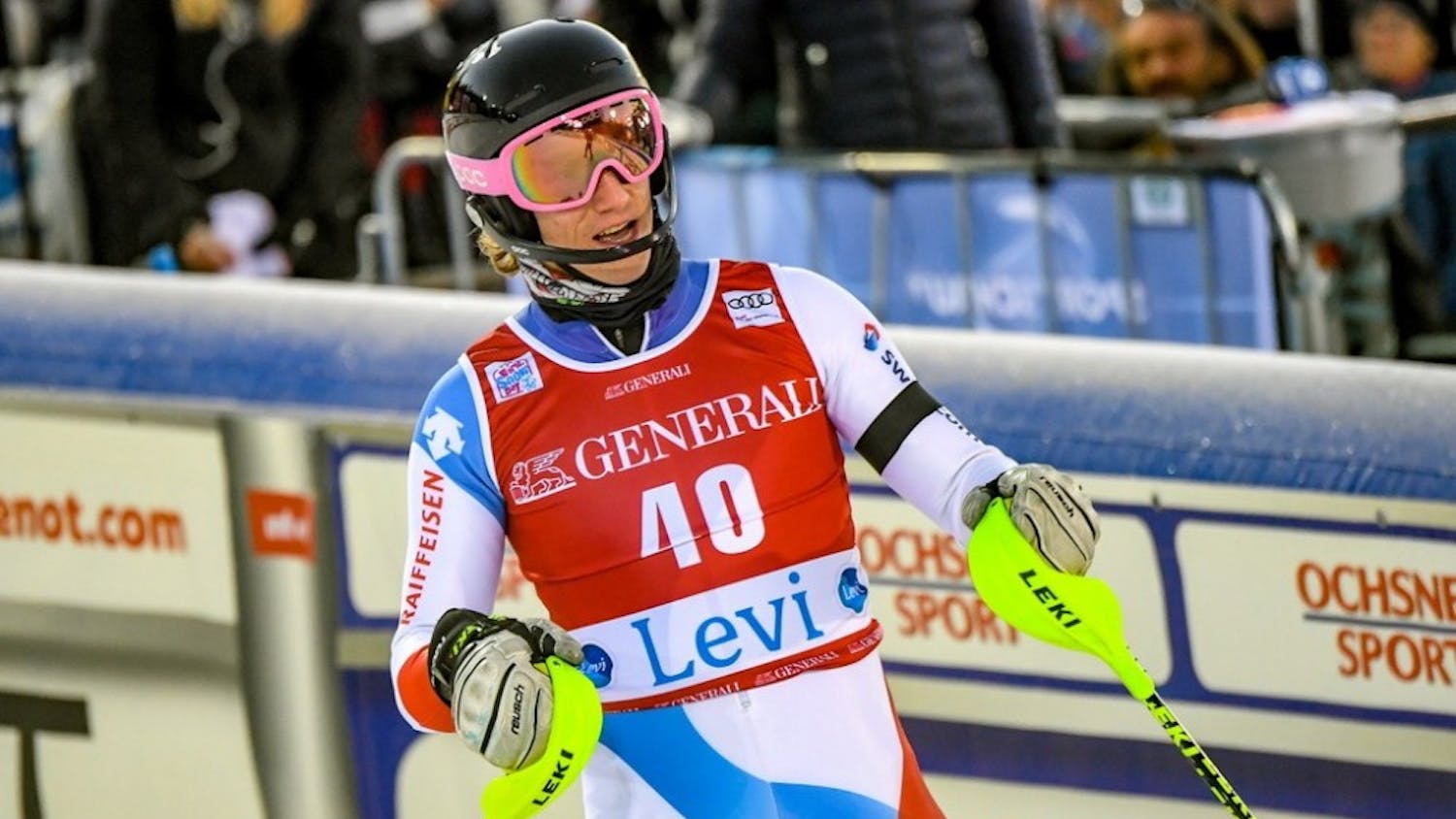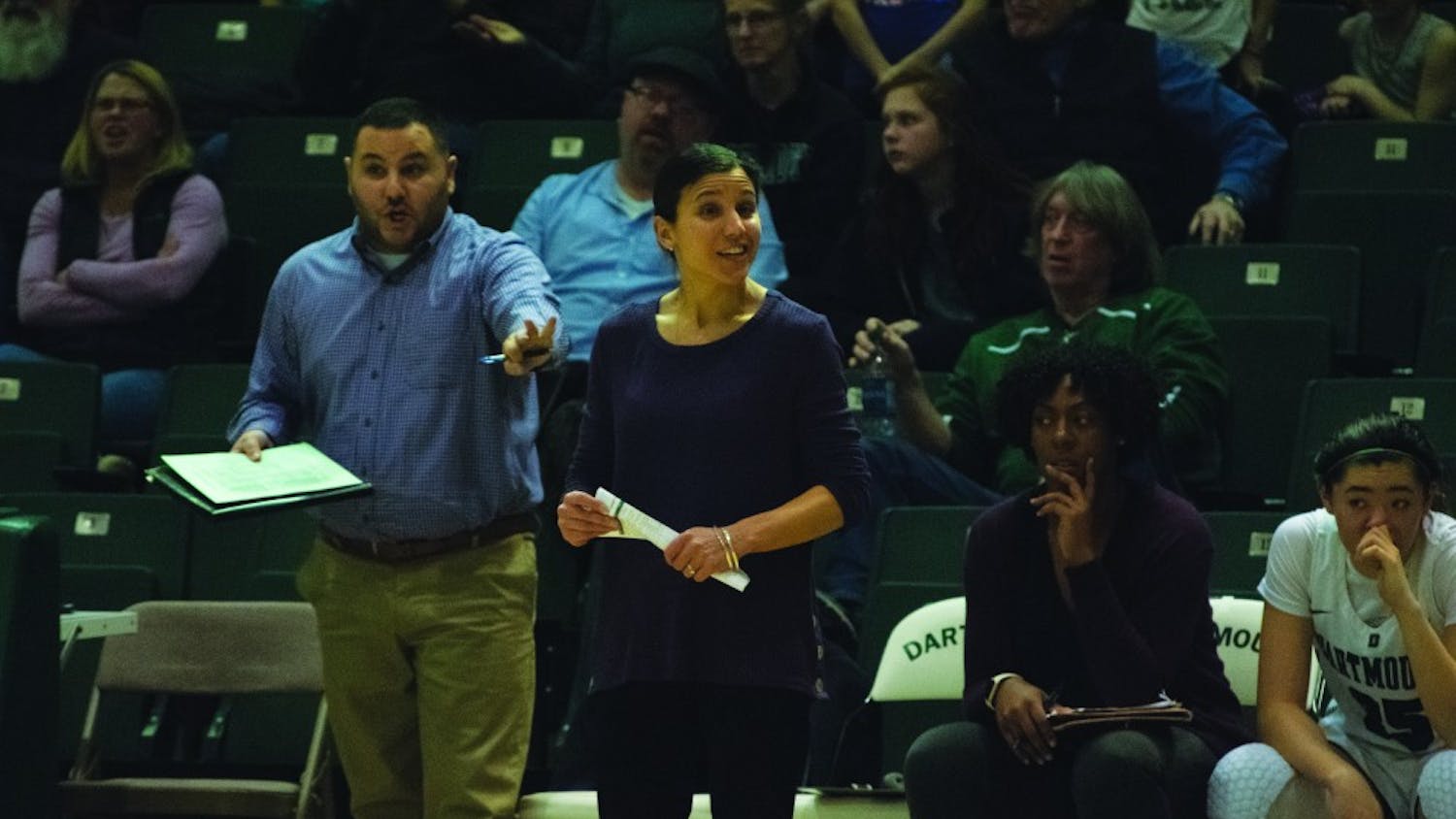Happy winter everyone, it’s good to be back. Some quick hits from around the country: The Big Ten is a bloodbath, and I can easily see the conference sending more than 10 teams to the NCAA Tournament; the ACC might only send three teams to the tournament in a down year; and San Diego State University is the lone remaining undefeated team in college basketball — and it doesn’t seem like the Aztecs will lose any time soon. Some early bracket busters for March to watch for: Northern Iowa University, Brigham Young University and East Tennessee State University.
But I want to talk about the Ivy League today (Yale University’s going to win it) and how there’s a rule out there that puts the conference in a unique position among its peers. To illustrate, I’ll mention Mike Smith, Columbia University’s senior point guard, who is leading the Ivy League in scoring with 21 points per game. If you want an example of his talent, in a Nov. 30 game against Lehigh University, Smith put the team on his back, scoring 30 of his team’s 68 points while notching six assists and three rebounds in a 68-64 victory. Smith is having a stellar senior season, but he’ll have to transfer at the end of it to be able to finish out his eligibility, which is unfortunate because the Lions are struggling due to several key players out with injuries.
Smith tore his meniscus last year and missed most of his junior season. At most power-conference schools, Smith would have been able to medically redshirt and retain a year of eligibility; he could then play his remaining year of eligibility as a graduate student. The Ivy League, however, does not permit redshirts or graduate students to participate in college athletics. Smith essentially lost a year with the Lions.
Unfortunately, top Ivy League players transferring out isn’t an uncommon occurrence in recent years. There are several students this season who are in the process of entering the transfer portal to finish out their eligibilities as graduate transfers due to injuries. Harvard University senior Seth Towns, who was the 2018 Ivy League Player of the Year and was expected to be a key contributor to the Crimson this year is sitting out this year due to a knee injury. Towns is expected to be one of the top graduate transfers in the country this upcoming summer; he’ll make some team very happy. Dartmouth’s own sharpshooter Brendan Barry ’20 is out for the season with an injury as well; he’ll be forced to finish his eligibility elsewhere if he so chooses.
There’s also the case of healthy players transferring in order to have the opportunity to play at a high-major level. Dartmouth’s Evan Boudreaux ’18 comes to mind — he graduated one year early in order to finish his remaining two years of eligibility at Purdue University (he struggled to find minutes last year, but has been a big part of Purdue racing back into bubble consideration this year). Makai Mason had a stellar four years at Yale and transferred to Baylor University for his fifth year as well (and rained hellfire from three for the Bears against Syracuse University in last year’s NCAA tournament as well. I never liked Yale anyway).
Why are so many players transferring out of the Ivy? It’s not just the rule forcing players to leave; Ivy League basketball is simply better than it was 15 years ago. KenPom.com has a calculation that ranks the efficiencies of every basketball conference in the country. From 1998 to 2010, the average rank of the Ivy League among 32 NCAA conferences was 25, in the bottom quarter of all conferences. Since 2010, the average rank was 16, a big jump up. There are a few factors that could have caused this. In 2008, Harvard hired former University of Michigan head coach Tommy Amaker as its new basketball coach. Amaker brought a power conference flair to the Crimson and led the team to its first Ivy League title ever in 2011 (with six more titles since then) before bringing the team to the NCAA Tournament for four straight years starting in 2012, notching two first-round upset victories along the way. Also, in 2010, Cornell University went on a high-profile run to the Sweet 16 in that year’s NCAA Tournament, beating No. 5 Temple University and No. 3 Wisconsin University before running into John Wall, Boogie Cousins and Eric Bledsoe’s University of Kentucky Wildcats. This put the conference at a high profile, and the Sweet Sixteen run and the resulting recruiting bump from Amaker helped the conference jump from the 26th-ranked conference that year to 15th the next season. It’s helped the Ivy League attract players like former 7th-overall NBA Draft Pick and 5-star recruit (number four overall) Wendell Carter Jr., who had Harvard as one of his top four schools along with the likes of Duke University — where he would play for one season. I talk a lot about Harvard, but these changes affect every team in the conference.
The allure for talented high schoolers of playing good basketball while getting an Ivy League degree is prevalent these days, but with the rise in quality of play in the Ivy League as a whole, the question with this rule arises: How does the league continue forward with respect to this rule?
Ivy League executive director Robin Harris said in an interview with ESPN, “What’s the problem with [the rule]? We’re still continuing to thrive as a league ... It’s a philosophical approach that we do what’s right for college athletics and what’s right for student-athletes, as well. We have other rules that maybe put us at a disadvantage competitively, and yet we continue to have about 100 ranked teams a year, continue to do well in NCAA tournaments, win national championships.”
While this may be true for other sports, this mentality risks the Ivy League becoming a free-agent market of sorts in basketball, and it has the potential to impact recruiting and the future growth in the quality of the conference; Harvard was projected to be ranked in the AP Top 25 this season before Towns got hurt. While Harris seems to have the mentality that these players can find success at power conference programs after four years, this ignores the fact that players who’ve lost seasons to injury or other reasons may want to continue play for their alma maters. Only the players know what’s in their own best interests, so the Ivy League shouldn’t force them to play elsewhere in order to maintain an image for itself.



